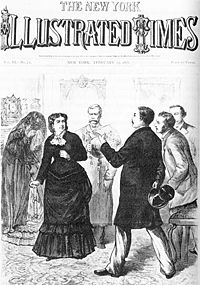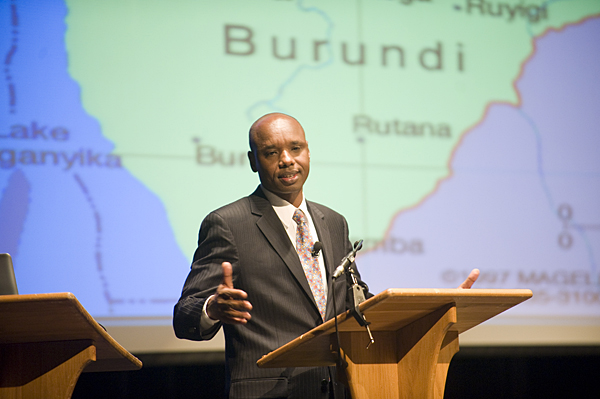 My Notorious Life, by Kate Manning
My Notorious Life, by Kate Manning
I LOVED this book, but it's probably not for everyone.
Kate Manning was inspired to write this book when she saw this photo and learned that 30,000 homeless children lived on the streets of New York in the nineteenth century.

Introduced as a lost diary, the book opens with a suicide. We don't know who died, but we learn that the main character fakes her own death with this dead body of another. We know she's married, and her husband helps cover it up. The authorities are after her, and we know she is famous because her carriage would be recognized in the street.
Then we go back to her childhood, Axie Muldoon, who is a poor Irish immigrant child, wandering the streets of New York with her sister Dutch and brother Joe. Her father--an alcoholic--has died, and her mother has lost her arm in an industrial accident. Soon they are discovered by a famous do-gooder, who gets medical care for Axie's mother but arranges for the children to go to the Children's Aid Society. Soon the children are off to the midwest on the Orphan Train. (This is the second novel I've read this year about the Orphan Train--the first was
The Chaperone.) Axie--a spunky, independent, and bright child--ends up returning to New York City after a few months, but her siblings have been ensconced in new families and appear to not mind their separation.
Once back in New York, Axie finds her mother again, but she has remarried Axie's layabout uncle and is pregnant again. When she goes into labor, Axie must act as midwife...at 11 years old. And so begins her story of helping women in labor and childbirth.
 |
| Madame Restell being arrested |
Without giving too much more of the plot away, I will say that Axie is a complex, fascinating character, as are her husband and best friend. Axie's story is based on the life and death of Ann Trow Lohman (1811-1879), also known as Madame Restell, a "notorious" midwife who was a friend to desperate women but the enemy of moral crusaders such as Anthony Comstock, founder of the Society for the Suppression of Vice. Comstock finally brought her down, she was vilified in the press and in society, and she ended her own life (although it was rumored that she had faked it). Comstock was proud of the number of suicides he prompted.
My only quibble about this book is that at times I found the Irish brogue inconsistent. I think it was written in such a way because this was Axie's true speaking style, but it comes and goes and at times I found that off-putting.
 |
| Demonized in the press |
We had such interesting conversations last week at book group when we discussed this book...about feminism, history, birth control, the status of women in this era and now, midwifery, and abortion. This wonderful piece of feminist historical fiction will give you new perspectives about the status of women--then and now--and the lesser evil of abortion. I couldn't help but think about Rush Limbaugh, our modern-day Anthony Comstock, and Sandra Fluke, who in advocating for birth control was blamed for debauchery...much like Madame Restell/Axie Muldoon.
As the mother of three children, one of whom was born at 24 weeks, I am deeply grateful to have been born and become a mother when I did. I'm also grateful to have been able to plan my own family by using birth control.
I could not put his book down...read it! It's sad and thought provoking, but redemptive.
Here is author Kate Manning, talking about what led her to write this book:
 Gone Girl, by Gillian Flynn
Gone Girl, by Gillian Flynn
![Location of Burundi (dark green)in Africa (grey) – [Legend]](http://upload.wikimedia.org/wikipedia/commons/thumb/2/27/Burundi_%28orthographic_projection%29.svg/250px-Burundi_%28orthographic_projection%29.svg.png)





